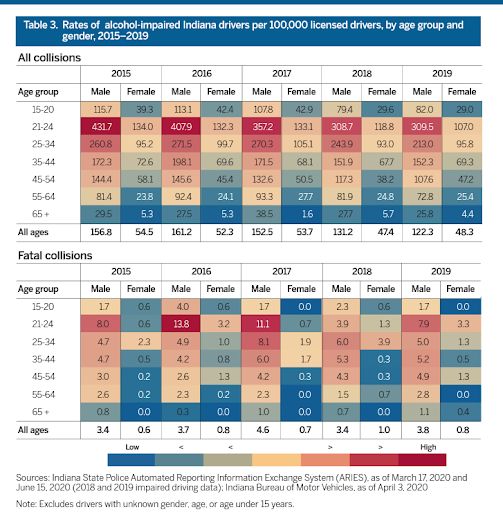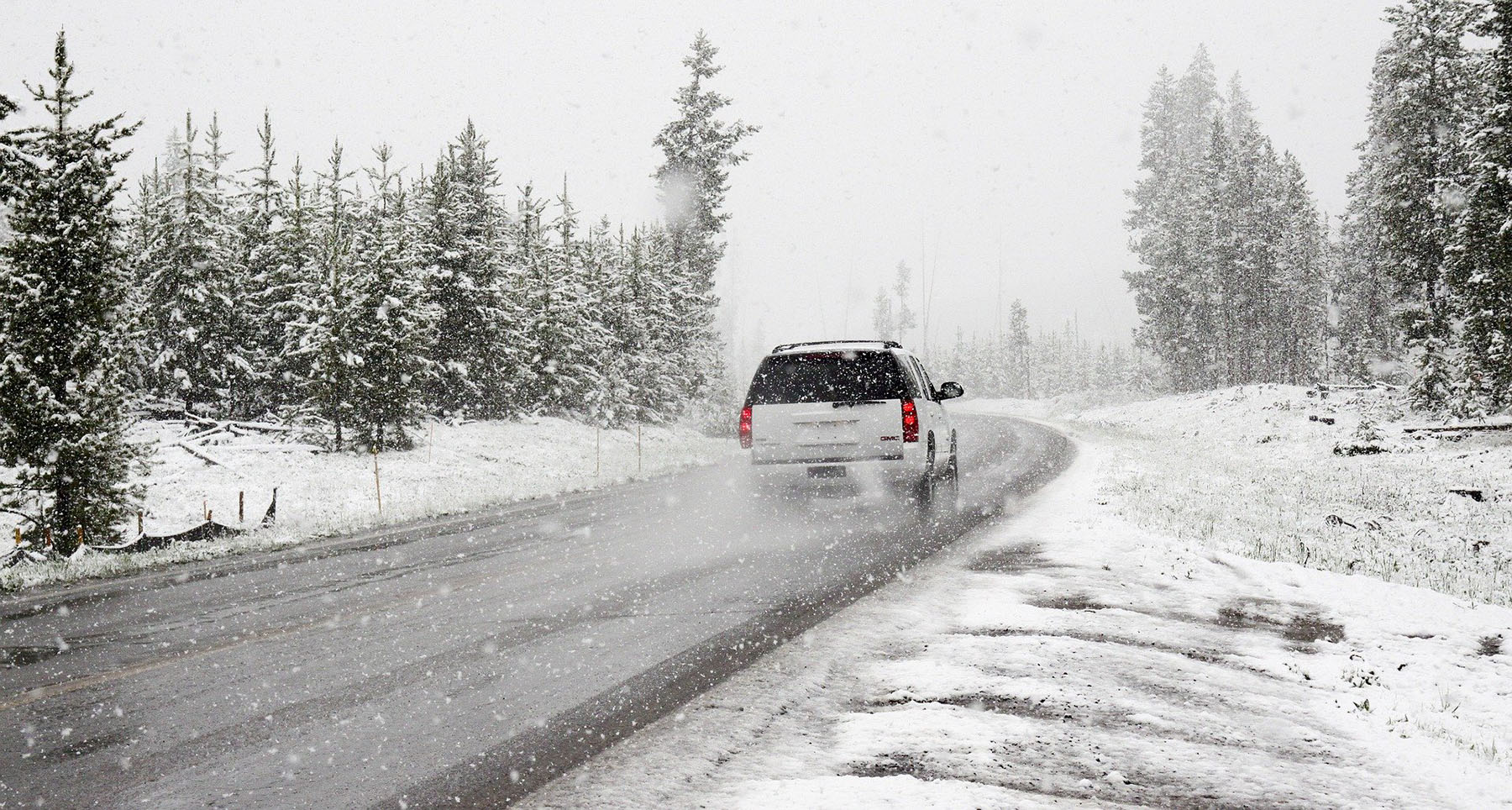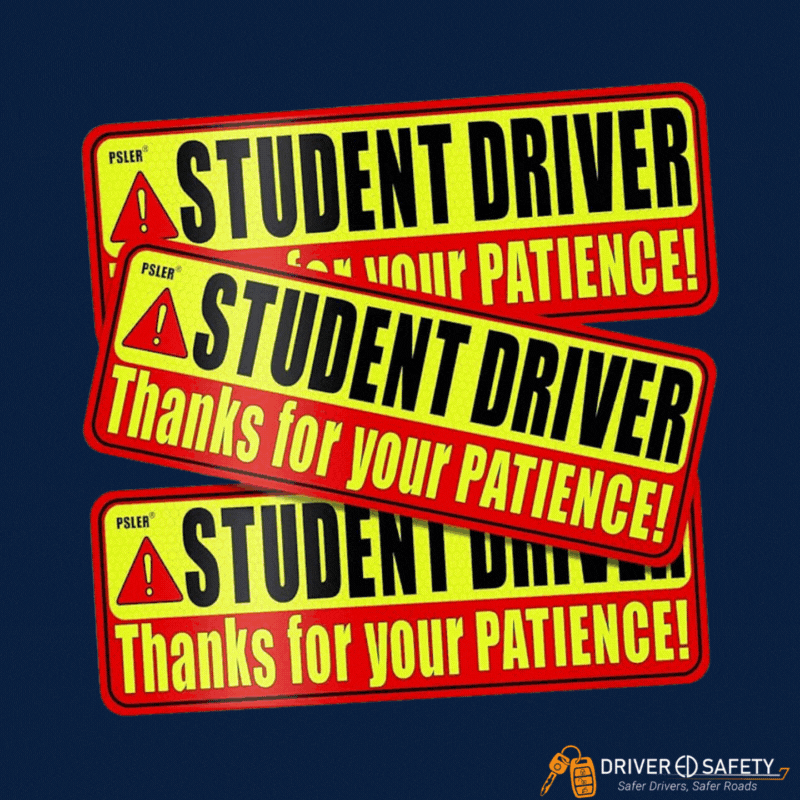
Driver Education teaches teens everything from what signs on the road mean to how many feet they should signal before a turn and how to handle a vehicle overall. But did you know that Driver Education also teaches teens what not to do?
For example, if the student was just issued a probationary license, the instructor will advise them to follow the state law to not have anyone in their car that’s not allowed. While we teach teens to keep both hands on the steering wheel at all times (10 and 2!) and to watch for pedestrians, we also teach them the dangers of drinking and driving.
Teenage drinking and driving have been a concern for parents, teachers, and adults alike for many years. According to the Indiana State Police’s Automated Reporting Information Exchange System (ARIES), in 2019, there were 104 drunk driving accidents in Indiana, claiming 106 lives. This number has increased since 2018, where there were 63 drunk driving accidents in Indiana that claimed 83 lives.
To be considered a drunk driver, the Blood Alcohol Concentration (BAC) level has to be above the 0.08 legal limit. The chart below will show the rate of alcohol-impaired drivers per 100,000 licensed drivers.

As you can see from the chart, there is still work to be done. But what type of work?
Adult Guardians: you can start by enrolling your teen in Driver Education, specifically the traditional or in-person courses. Here, students are with like-minded individuals who may have the same questions and concerns as they do. They’re able to be comfortable and be themselves amongst each other, and the instructor can provide them with the knowledge that comes with being a licensed driver for 25+ years.
And don’t hesitate to have these important conversations with your teens. There’s always a better option than driving under the influence! Instill this lesson in your teens now so that they can make more informed and safer decisions—and encourage their peers to do the same.


















